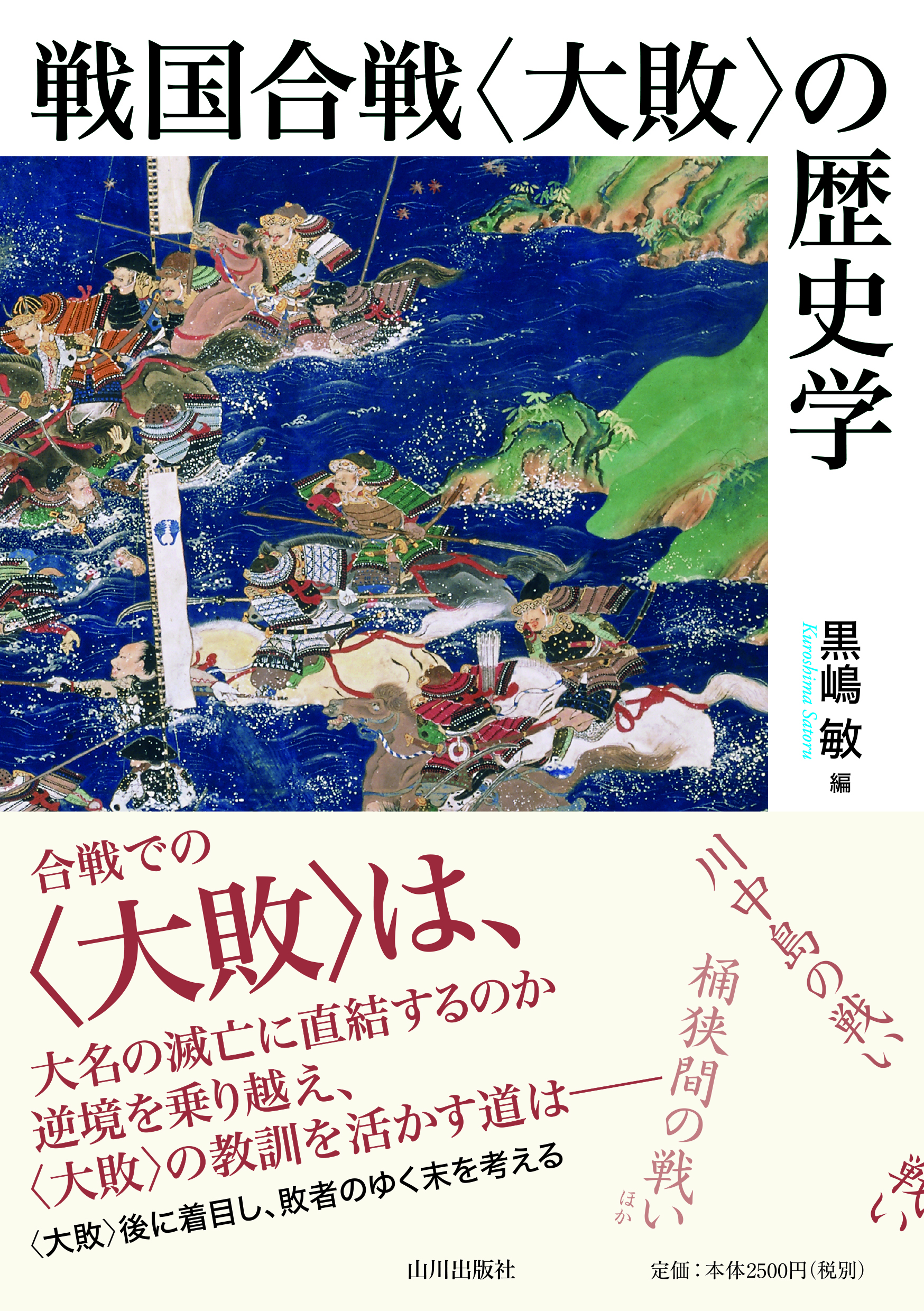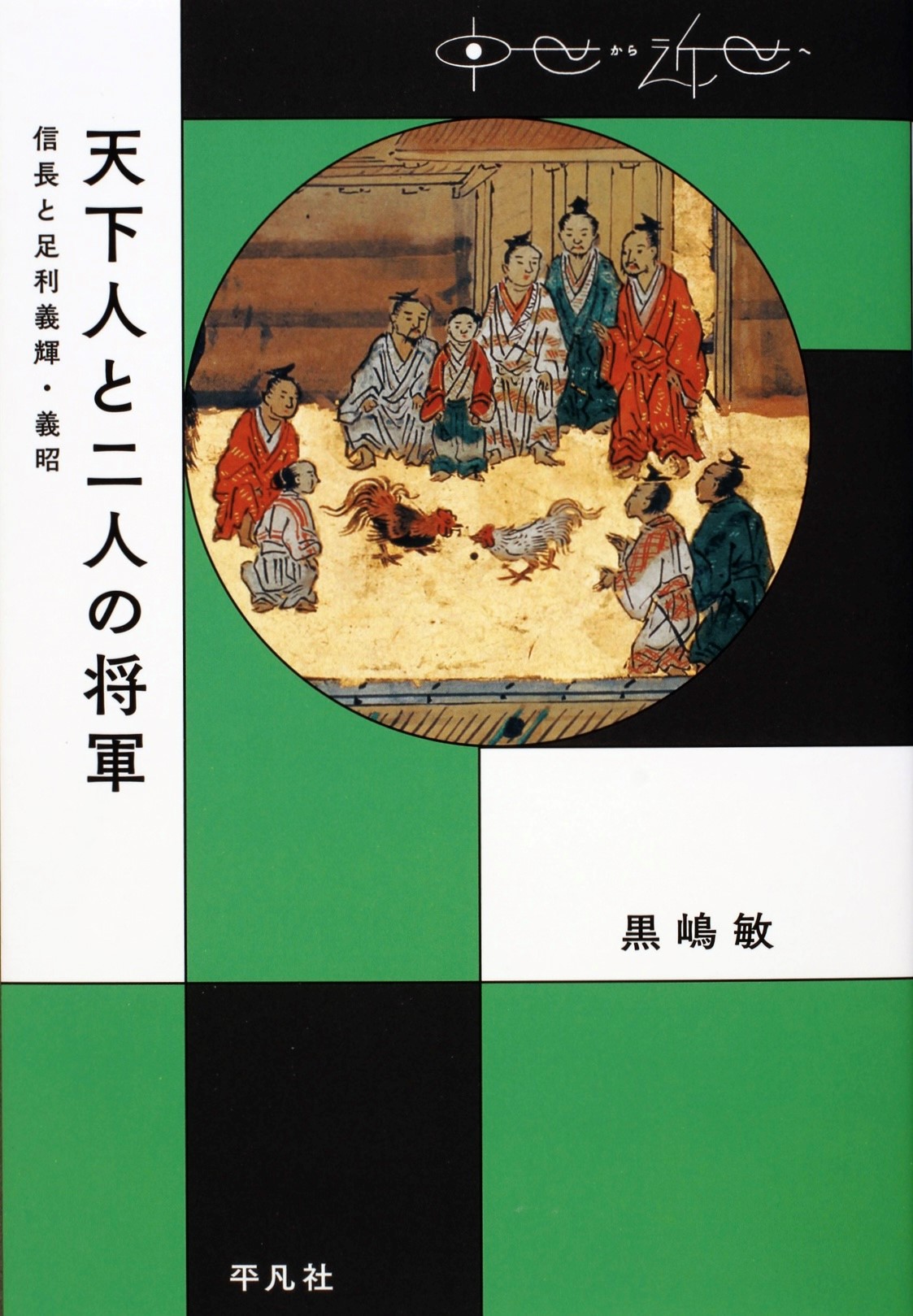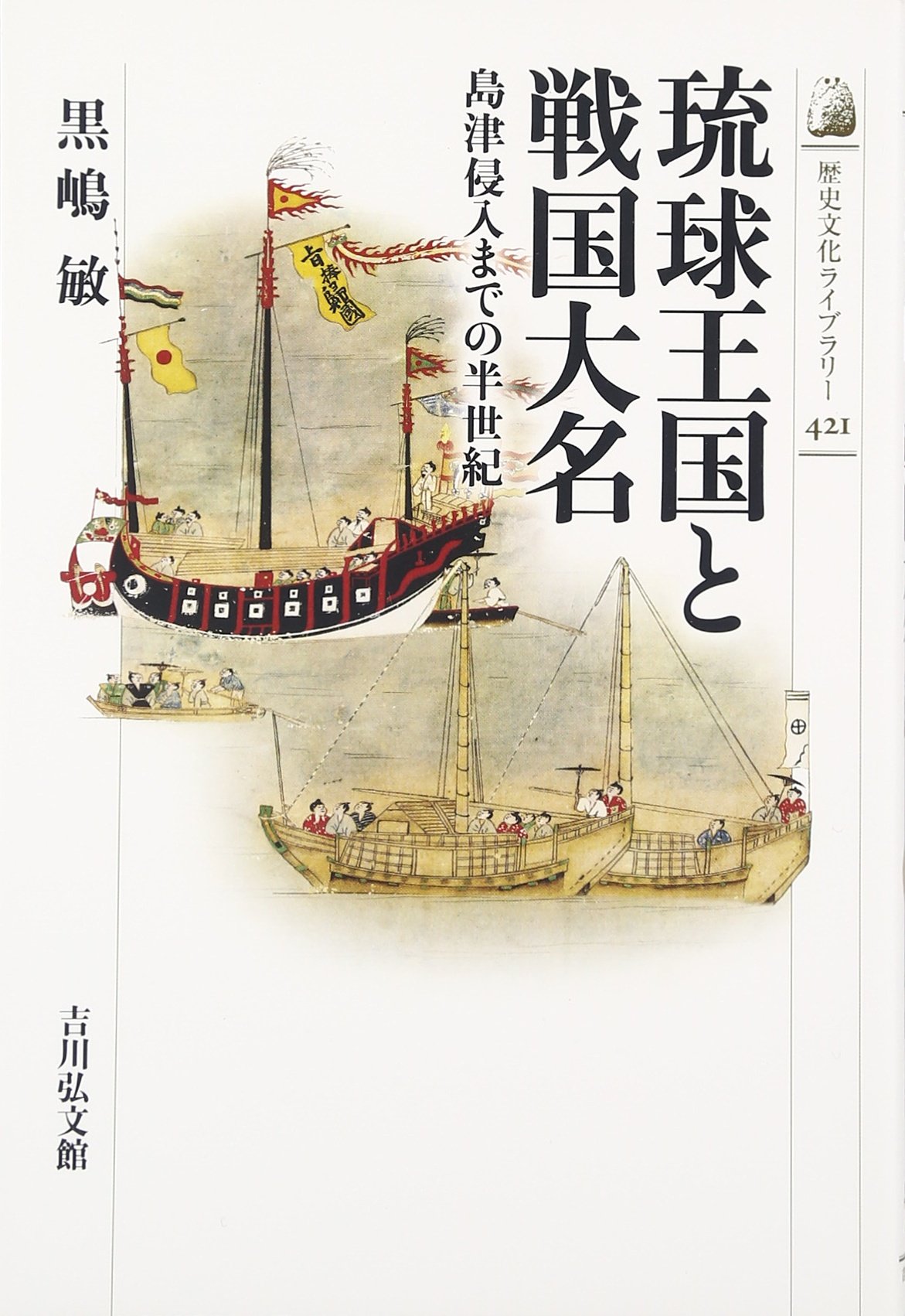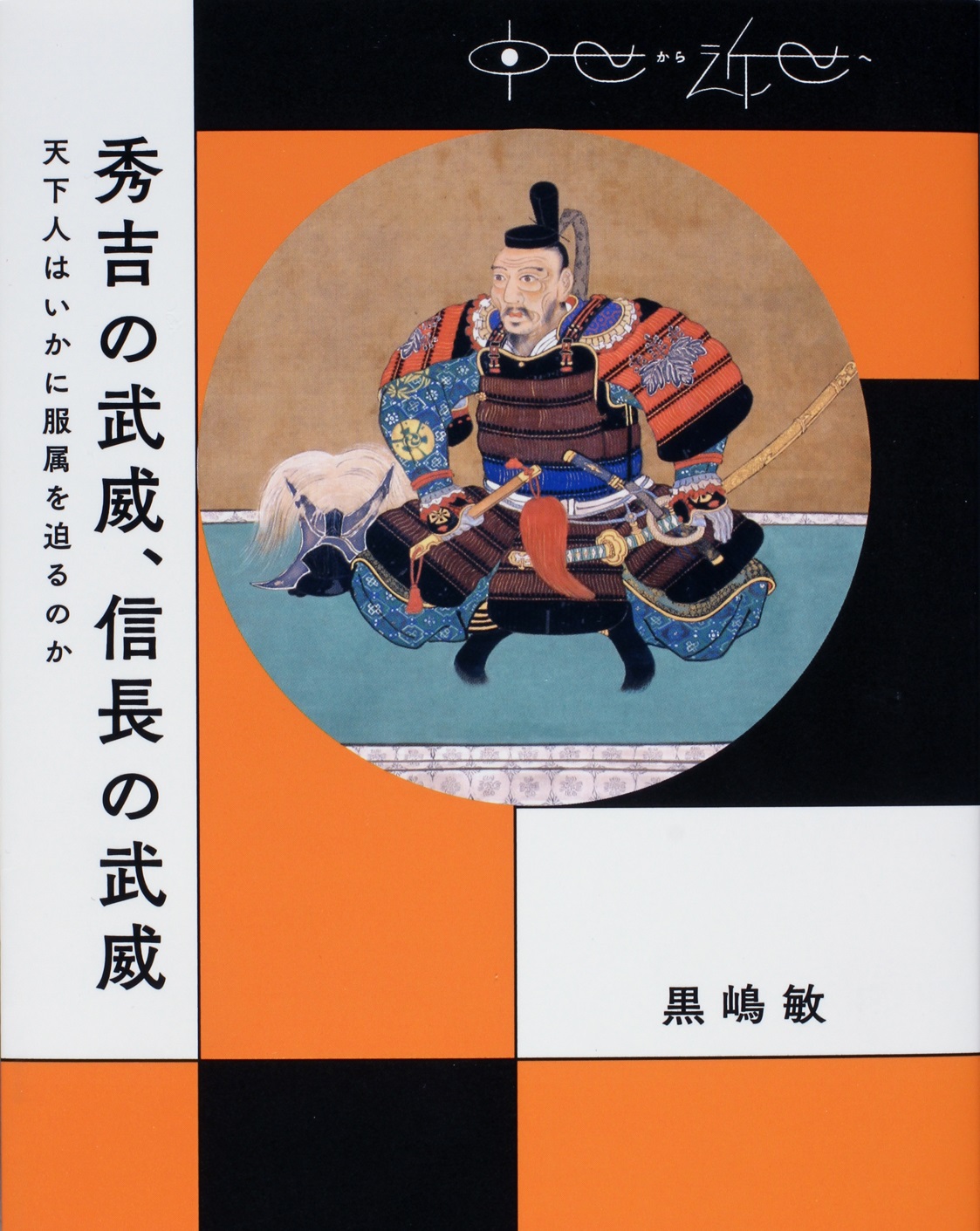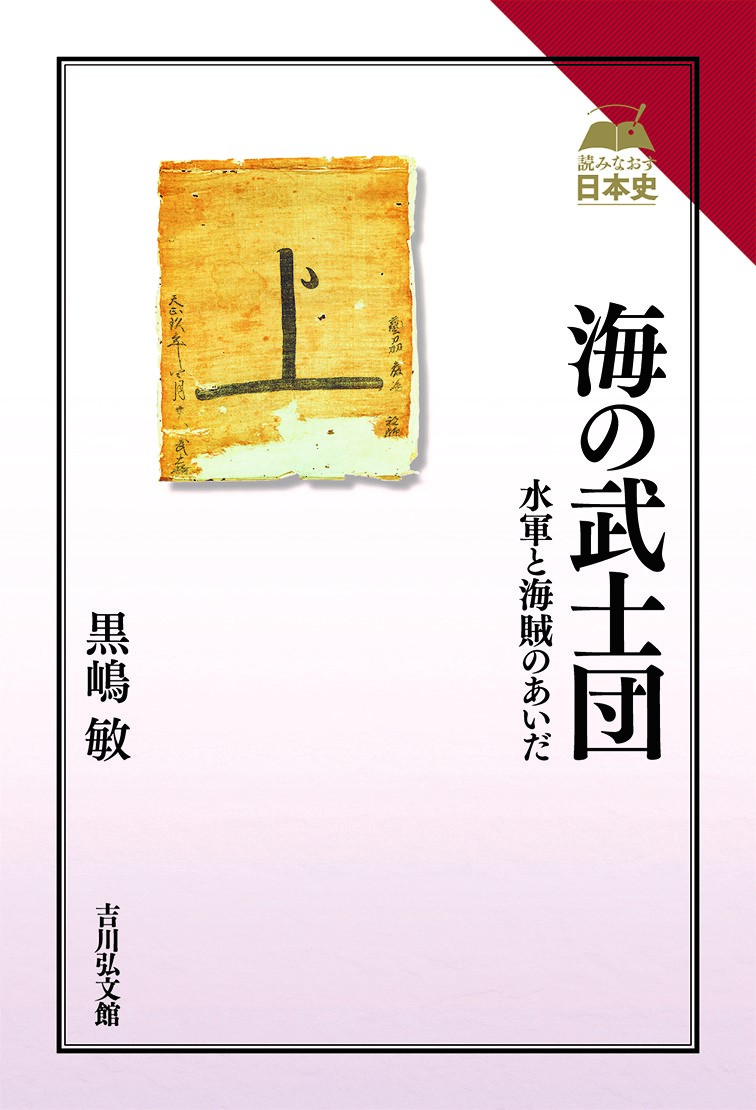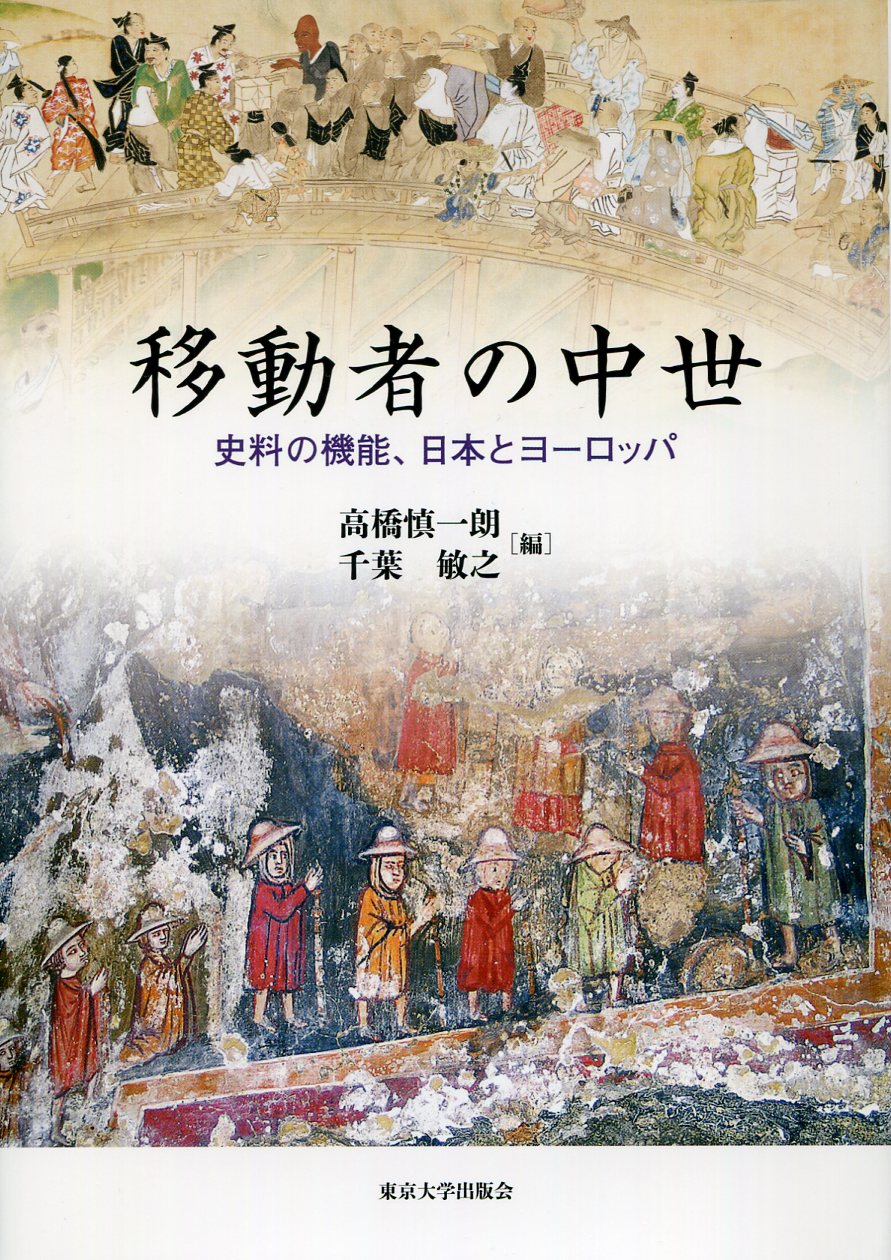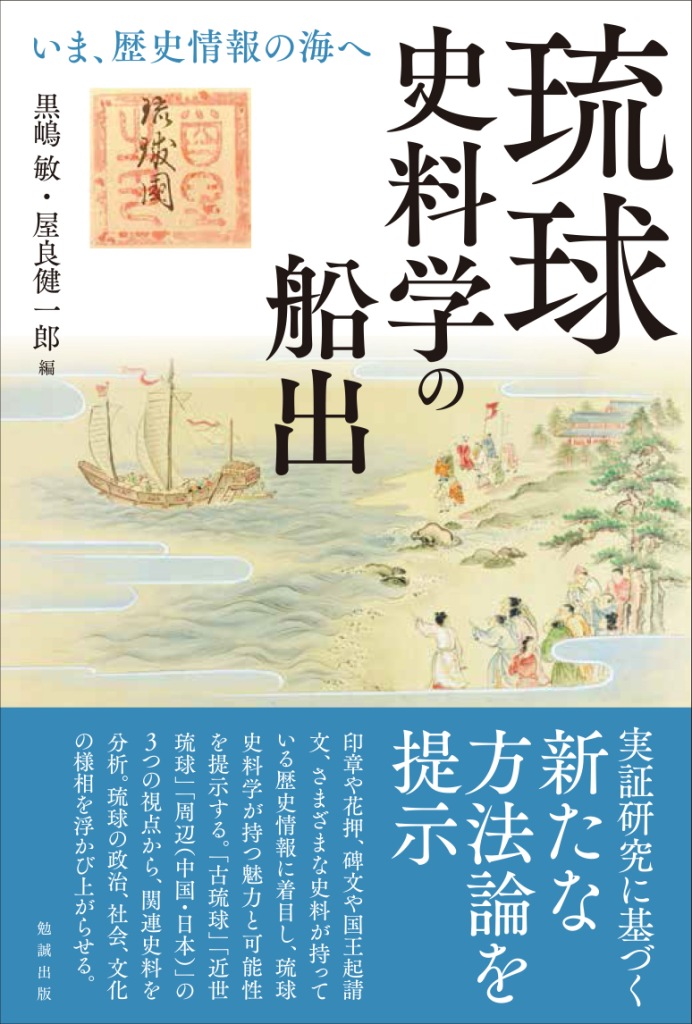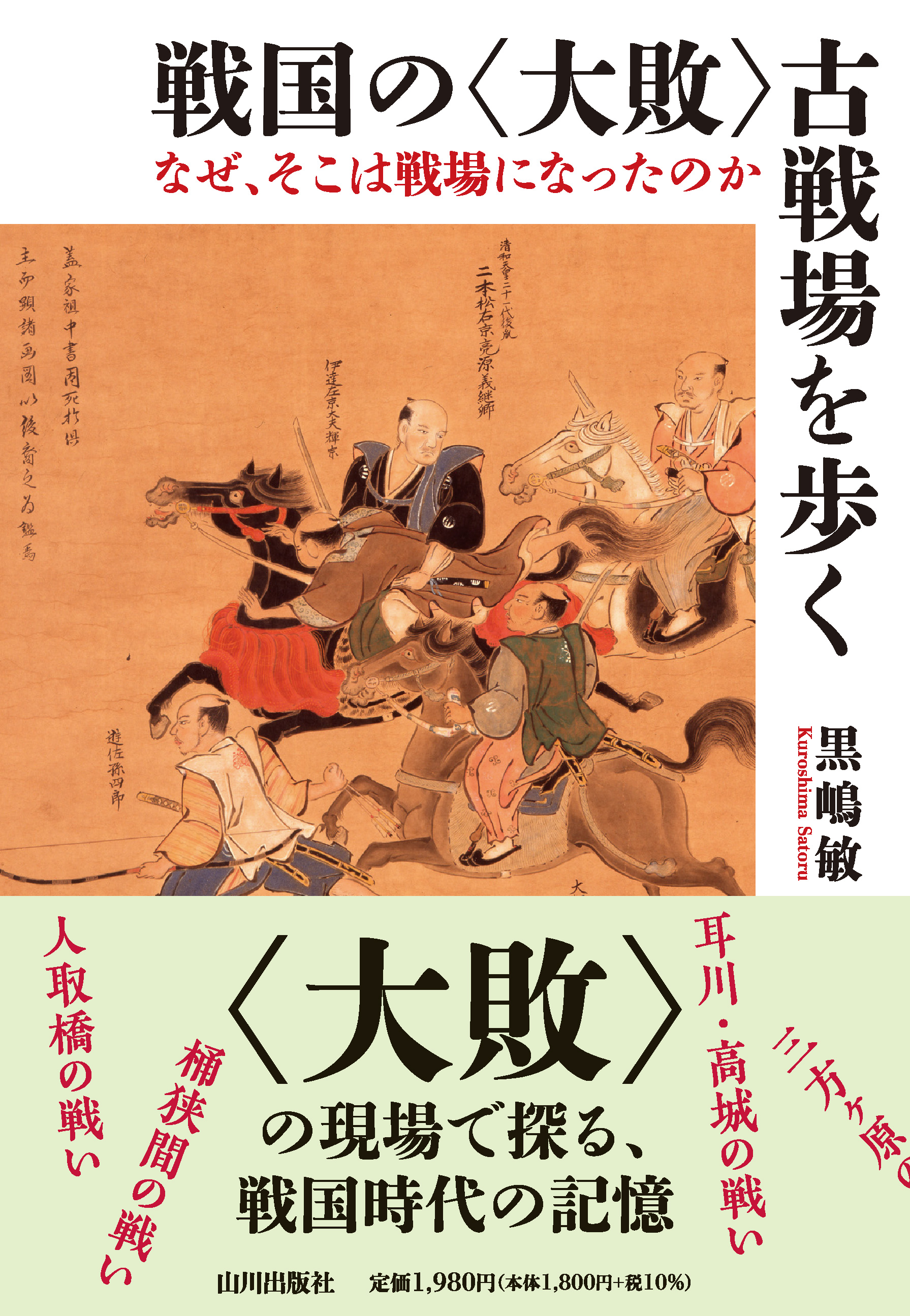
Title
Sengoku no “Taihai” Kosenjyo o Aruku (Walking through the old battlefields of the great defeats of the Warring States Period - Why did these sites become battlefields?)
Size
192 pages, 127x188mm
Language
Japanese
Released
October, 2022
ISBN
978-4-634-59129-5
Published by
Yamakawa Shuppansha Ltd.
Book Info
See Book Availability at Library
Japanese Page
The term “seichi” [sacred place] has gained currency recently. This is partly the product of religious belief and folklore and partly because the modern-day “sacred places” appearing all over the country have become imbued with special meaning by dedicated fans of anime, manga, and movies. This phenomenon, whereby a certain space accompanied by a story grows into a “sacred place” that stirs the hearts of its visitors, has occurred frequently throughout history.
The ancient battlefields discussed in this book are probably the best examples of historical “sacred places.” Japan’s Age of Provincial Wars was a time when many battles, both large and small, were fought in various parts of the country. Some of these battles were won or lost by large margins, and the shocking scale of these victories and defeats not only serves to enhance their stories but also becomes intertwined with the mourning for those who lost their lives in these battles, giving rise to a great deal of folklore. Walking around the sites of old battles, you will find them to be full of folklore related to the battle, not just information boards explaining the deployments of the armies and the battle’s progress but also stone monuments and barrows commemorating the dead, as well as numerous place names derived from the battle. Associated with these are no small number of traditions created by later generations. Unfortunately, we lack highly accurate information that can be traced back to the period, in contrast to the vast quantity of information described above. This makes it difficult to visualize the reality of the battles at that time, so even when visiting these old battlefields, we will often have only a vague sense of the battle.
However, if we approach these battlefields from a slightly different angle, walking through them while listening to the local history of the area as expressed in folklore, we can picture a different scene. Their topography today is naturally different from that of the Age of Provincial Wars, so it is necessary to observe the current topography while walking and compare it with such sources as old maps to guess at the topography back then. Not only does the topography reveal how the people who lived there used the land, because topography constrains the movement of people, but it also allows us to get a closer view of how the armies moved. If we combine the clues obtained by walking through these sites with those obtained by reading and understanding historical documents that tell the stories of the period, we can arrive at a more detailed picture of the battles.
In this book, we visit five ancient battlefields, the Battle of Okehazama (1560), the Battle of Mikatagahara (1572), the Battle of Nagashino (1575), the Battle of Mimigawa and Takajyou (1578), and the Battle of Hitotoribashi (1585), and consider why each location became a battlefield. While they leave only a vague impression, these old battlefields steeped in legends created by later generations are also valuable “sacred places” that pass on a wealth of historical information to the present day. I hope that by drawing out the most accurate information from the wealth of available information, you will take interest in the enjoyable task of actually walking through these historical spaces and reflecting on them.
(Written by KUROSHIMA Satoru, Associate Professor, Historiographical Institute / 2023)



 Find a book
Find a book


